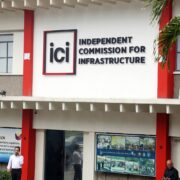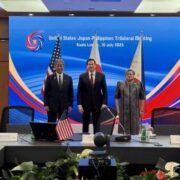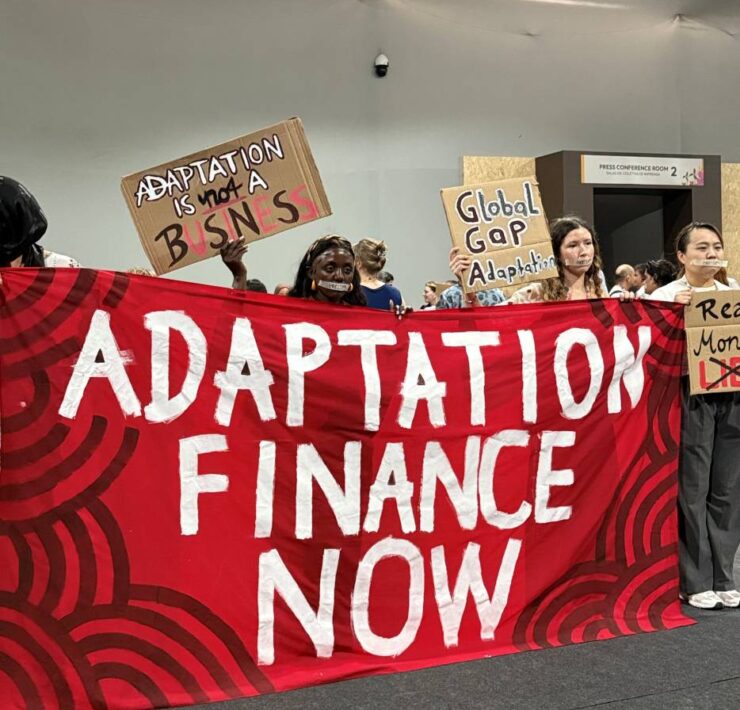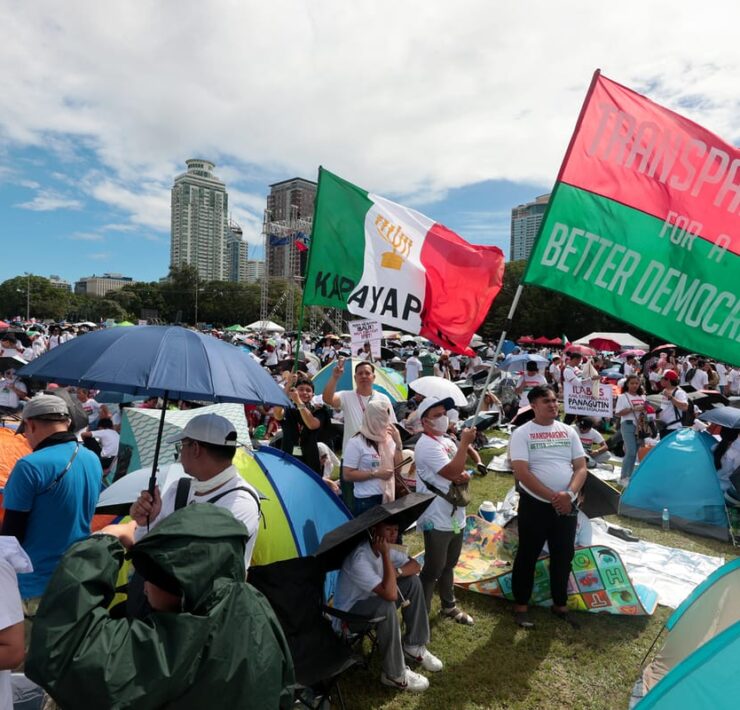The Ayuntamiento: Ancestral home of the Philippine government
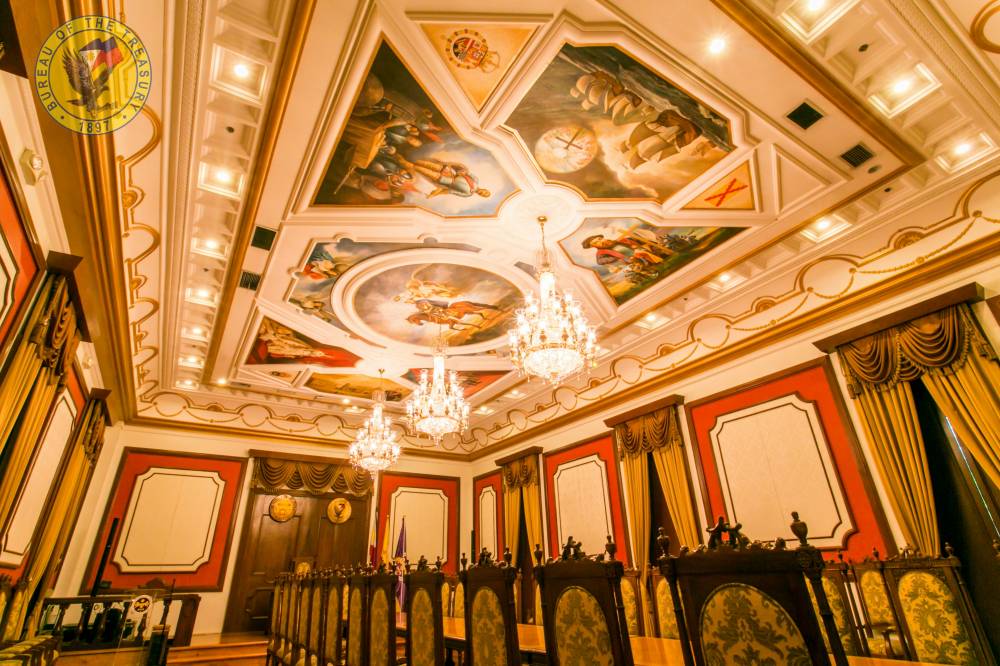
In the book “Manila, My Manila,” National Artist Nick Joaquin described the Ayuntamiento de Manila as “the loveliest building in Intramuros and certainly the dearest to us historically.”
Indeed, the architectural masterpiece which has housed the Bureau of the Treasury since 2013 remains as one of the country’s storied and historical sites.
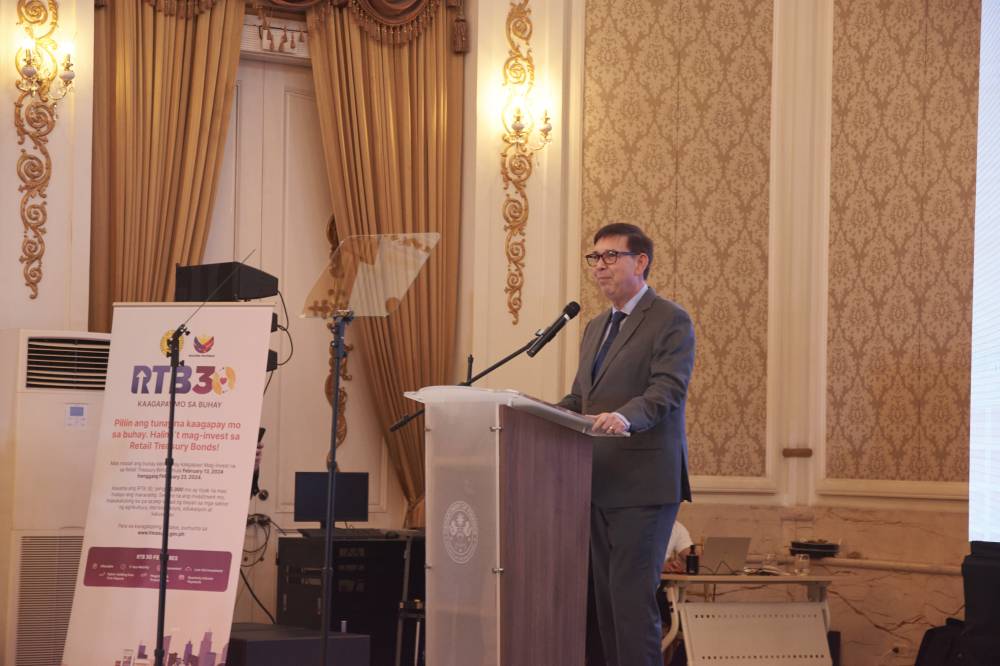
The building’s name means “city hall” in Español. More precisely, ayuntamiento refers to the governing council of a city or town as well as the seat of government. Thus, the building was Manila’s City Hall during the Spanish colonial period.
The original building which was built in 1599 was believed to be made of wood and/or concrete. Similar to the fate of Manila Cathedral located nearby, the Ayuntamiento has been rebuilt several times after the destruction caused by fire, an earthquake in 1863 and the devastation of World War II.
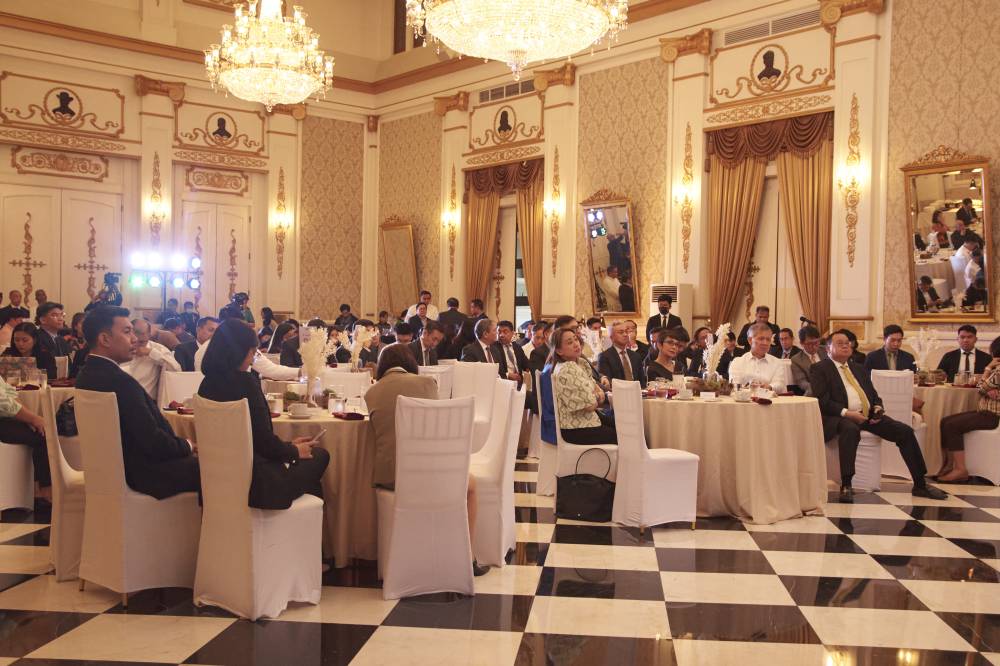
However, it was only during the third time of restoration which started in 1879 when its style was changed to neoclassical under the leadership of Eduardo Lopez Navarro, the Spanish architect who was then in charge of the public works in Manila.

The current structure we see today is a reconstruction of the building’s third incarnation, as the government aimed to replicate the old Ayuntamiento. Key features that were reconstructed include the clock tower, the grand staircase, the old council session hall (Sala de Sesiones) and the famous Marble Hall.
While the Ayuntamiento de Manila serves as a government office, visitors can appreciate its architecture during designated tour times. Currently, tours are available on Tuesdays and Fridays (except holidays) from 11 a.m. to 12 p.m. and 4 p.m. to 5 p.m.





